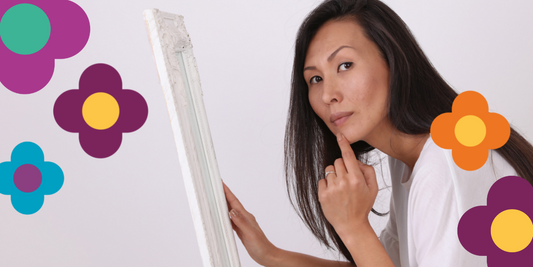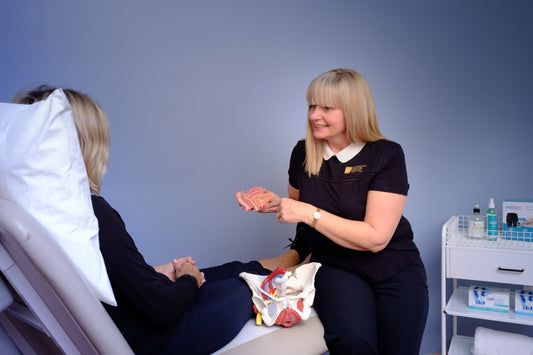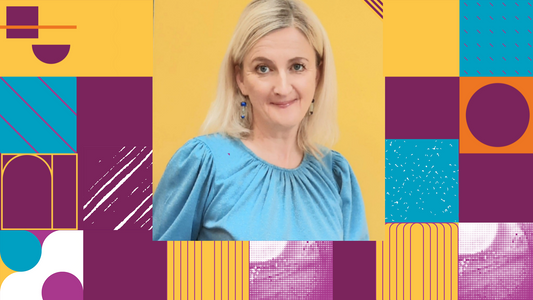It’s the symptom that just about all women experience to a great or lesser extent. Indeed, some of us even endure painful cramps Every. Single. Month. What causes cramps, is an age-old question that many women have.
The good news is that cramps usually doesn’t mean that anything is amiss – they’re a regular part of your menstrual cycle.
The pain is often felt as muscle cramps in your tummy or sometimes in your back and thighs.
You might endure intense spasms, or you might find the pain is dull but more constant.
It will also probably vary with each period! Some periods might be uneventful, while others can be extremely painful.
Here, KeyForHer looks at what causes cramps:
Why cramps happen
At the start of menstruation, hormonal fluctuations trigger inflammatory compound build-up in the uterus. These inflammatory compounds make uterine muscles tightly contract. If the muscles contract strongly, they can close off blood vessels that supply oxygen. This leads to period cramps. In summary, lack of oxygen = cramps!
Oxygenators
Vitamins B1, B6, and B12 (all are contained in KeyForHer’s menstrual blend) are key players in muscle contraction, nerve signalling, and hormonal regulation. Research shows they can help address a range of period symptoms and help restore important nutrition lost in menstrual blood.
Meanwhile, Zinc’s antioxidant and anti-inflammatory properties may help boost blood flow to the uterus, preventing the cut-off of oxygen to uterine muscles and the painful cramps that follow.
Inflammation
Research suggests ginger (all in KeyForHer’s menstrual blend) inhibits the inflammatory compounds that cause period pain in the first place.
Occasionally, period pain can be the cause of an underlying, more serious medical condition – with women aged 30 to 45 most commonly affected.
Medical conditions that can cause period pain include:
- endometriosis – where cells that usually line the womb grow in the fallopian tubes and ovaries. These cells can cause intense pain when they shed
- fibroids – non-cancerous tumours that grow in or around the womb and can make your periods heavy and painful
- pelvic inflammatory disease – where your womb, fallopian tubes, and ovaries become infected with bacteria, causing them to become inflamed
- adenomyosis – where the tissue that usually lines the womb starts to grow within the muscular womb wall, making your periods very painful
These are just a few answers to what causes cramps. As always, it’s a good idea to talk to your GP if you’re worried about your period pain.
Learn more about your period with our blog on understanding your menstrual cycle!













